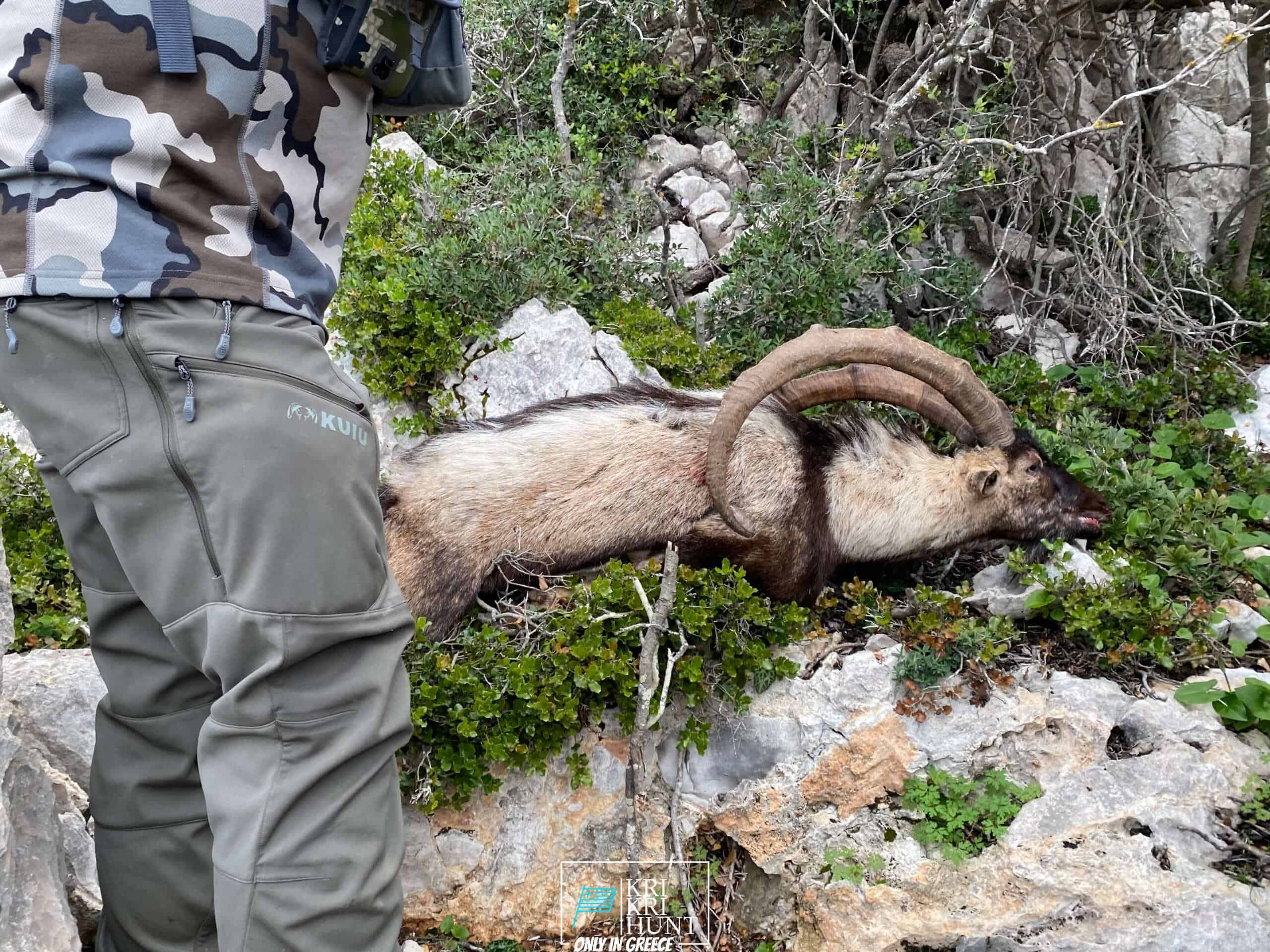Feel the adventure of a life time with Kri Kri ibex stalking in Greece!
Feel the adventure of a life time with Kri Kri ibex stalking in Greece!
Blog Article

The ibex hunt is an incredible trip and amazing searching exploration in Greece. It is not always a hard quest as well as undesirable problems for many seekers. What else would you such as to dream of throughout your scenic tour of old Greece, diving to shipwrecks, and hunting for Kri Kri ibex on an exotic island for 5 days?

This Ibex is not a petite form of the Bezoar Ibex, which has moved to the western edge of its variety. The kri-kri (Capra aegagrus cretica), additionally referred to as the Cretan goat, Agrimi, or Cretan Ibex, is a wild goat aboriginal to the Eastern Mediterranean. The kri-kri (Capra aegagrus cretica), a feral goat inhabiting the East Mediterranean, was as soon as thought to be a subspecies of wild goat. The kri-kri has a light brown coat with a darker neck band. Their two sweeping horns climb from their head. The kri-kri is a shy and skeptical pet in the wild, resting throughout the day. They can jump fars away or climb seemingly large cliffs.
On our Peloponnese trips, you'll get to experience all that this impressive region has to use. We'll take you on a scenic tour of some of the most historical as well as gorgeous websites in all of Greece, including old damages, castles, as well as a lot more. You'll likewise get to experience several of the conventional Greek culture firsthand by delighting in a few of the delicious food as well as white wine that the area is known for. And also naturally, no trip to Peloponnese would be complete without a dip in the shimmering Mediterranean Sea! Whether you're a seasoned seeker looking for a first-time vacationer or a brand-new adventure simply wanting to explore Greece's stunning landscape, our Peloponnese scenic tours are excellent for you. What are you waiting for? Schedule your journey today!
So if you are trying to find a genuine Greek experience away from the stress of tourism then look no further than Methoni in The Peloponnesos! Our outside hunting for Kri Kri ibex, angling, cost-free diving and touring Peloponnese excursions from Methoni are the ideal method to discover this stunning location at your own pace with like minded people. Call us today to schedule your put on one of our trips.
What is the diference between Kri Kri ibex, Bezoar ibex and hybrid ibex
The kri-kri is not thought to be indigenous to Crete, most likely having been imported to the island during the time of the Minoan civilization. Nevertheless, it is found nowhere else and is therefore endemic to Crete. It was common throughout the Aegean but the peaks of the 8,000 ft (2,400 m) White Mountains of Western Crete are their last strongholds–particularly a series of almost vertical 3,000 ft (900 m) cliffs called ‘the Untrodden’—at the head of the Samaria Gorge. This mountain range, which hosts another 14 endemic animal species, is protected as a UNESCO Biosphere Reserve. In total, their range extends to the White Mountains, the Samaria National Forest and the islets of Dia, Thodorou, and Agii Pandes.
This Ibex is NOT a diminutive form of the Bezoar Ibex, which has migrated into the western-most reach of the range of this species. The kri – kri (Capra aegagrus cretica), sometimes called the Cretan goat, Agrimi, or Cretan Ibex, is a feral goat inhabiting the Eastern Mediterranean, previously considered a subspecies of wild goat. The kri-kri has a light brownish coat with a darker band around its neck. It has two horns that sweep back from the head. In the wild they are shy and avoid tourists, resting during the day. The animal can leap some distance or climb seemingly sheer cliffs.
“The agrimi goat Capra aegagrus cretica is unique to Crete and its offshore islands. It has been identi®ed as a sub-species of the wild bezoar goat Capra aegagrus aegagrus Erxleben, 1777, which it closely resembles in horn shape, body form and coloration. This classi®cation has been disputed by some researchers who claim that the agrimi are feral goats, derived from early domestic stock brought to the island by the ®rst Neolithic settlers. In order to clarify this issue, DNA analyses (cytochrome b and D loop sequences) were carried out on tissue of live and skeletonized agrimi and compared to sequences of wild and domestic caprines. Results conclusively show the agrimi to be a feral animal, that clades with domestic goats (Capra hircus) rather than with wild Asiatic bezoar. This study demonstrates that morphometric criteria do not necessarily re¯ect genetic af®nities, and that the taxonomic classi®cation of agrimi should be revised.”
Report this page